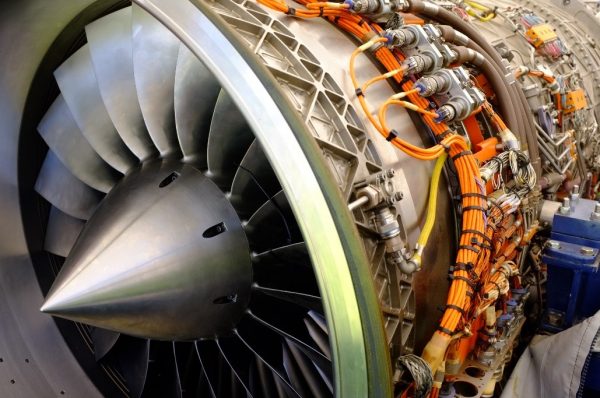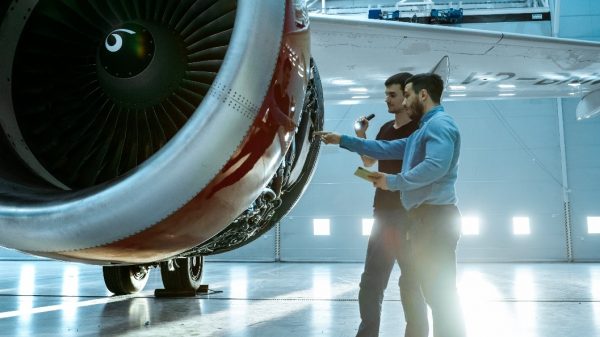What to Understand About Precision Machining Techniques for Aircraft Parts
The manufacturing of aircraft parts is a highly complex process. These mission-critical components have extremely specific requirements to ensure the safe operation of systems within the entire plane. If any part does not meet these specifications, the system can fail and create dangerous circumstances. Precision machining techniques are used quite often to manufacture aircraft parts.

This process relies on a wide array of equipment to create parts with high tolerances, accurate dimensions, and superior surface qualities. Precision machining is a subtractive manufacturing process to remove materials from the workpiece until achieving the right size. Equipment that will be used include CNC machines, grinding machines, honing machines, milling machines, deburring machines, and heat treatment equipment.
Why is Precision Machining Used for Aircraft Parts
Precision machining can work with a wide variety of materials. The aerospace industry must select materials based on strength and stiffness as well as how much they weigh. Lightweight materials, such as aluminum, titanium, and synthetic materials are typically used for parts to increase fuel efficiency as well as to create a lighter plane. In addition, many components may need to have very thin walls to the part, as precision machining techniques can be used to minimize deformations that may occur.
Another reason is that parts can come in a range of sizes and complexities. Working with a lightweight and thin-walled part with very precise tolerances and complex shapes can be accomplished on precision machines tools that can be programmed with the customer’s strict specifications. Program adjustments can be made quickly to ensure quality is maintained throughout the entire batch. In addition, the programmed machines can ensure repeatability is consistent for small production runs.
Problems that May be Encountered with Aircraft Parts
While precision machining is an excellent method when creating aircraft parts, there still may be issues that can occur during the process. Understanding these issues and seeking the right solutions can ensure the production run operates smoothly. Some common issues may include:
● Deformation can occur for larger components
● Tool and fixture preparation raising costs
● Multiple program adjustments for complex parts can slow down efficiency
● May require mixed production lines that can impact production efficiency
● Not enough information or unclear specifications to create the complex part
To overcome these issues, there are many steps that can be taken by both the precision machining manufacturer and the customer to boost efficiency of the production line and to maintain accuracy of the machined part.
The most important step is to gather the required information and specifications as both parties should meet during the planning stage to go over the part’s requirements. Information management is vital at this stage so that the proper tooling, machine program, and production layout can be created.

Next, the manufacturer can decide on the most efficient method that the aircraft part will travel from each machine station. The layout of the production line can be tweaked so that parts do not have to constantly move back and forth between machines when specific tasks are performed. This method will free up other equipment so they can begin manufacturing the next part in the production line.
Precision machining is a technology that can provide amazing benefits in the manufacture of aircraft parts. For more details about our processes, contact Impro